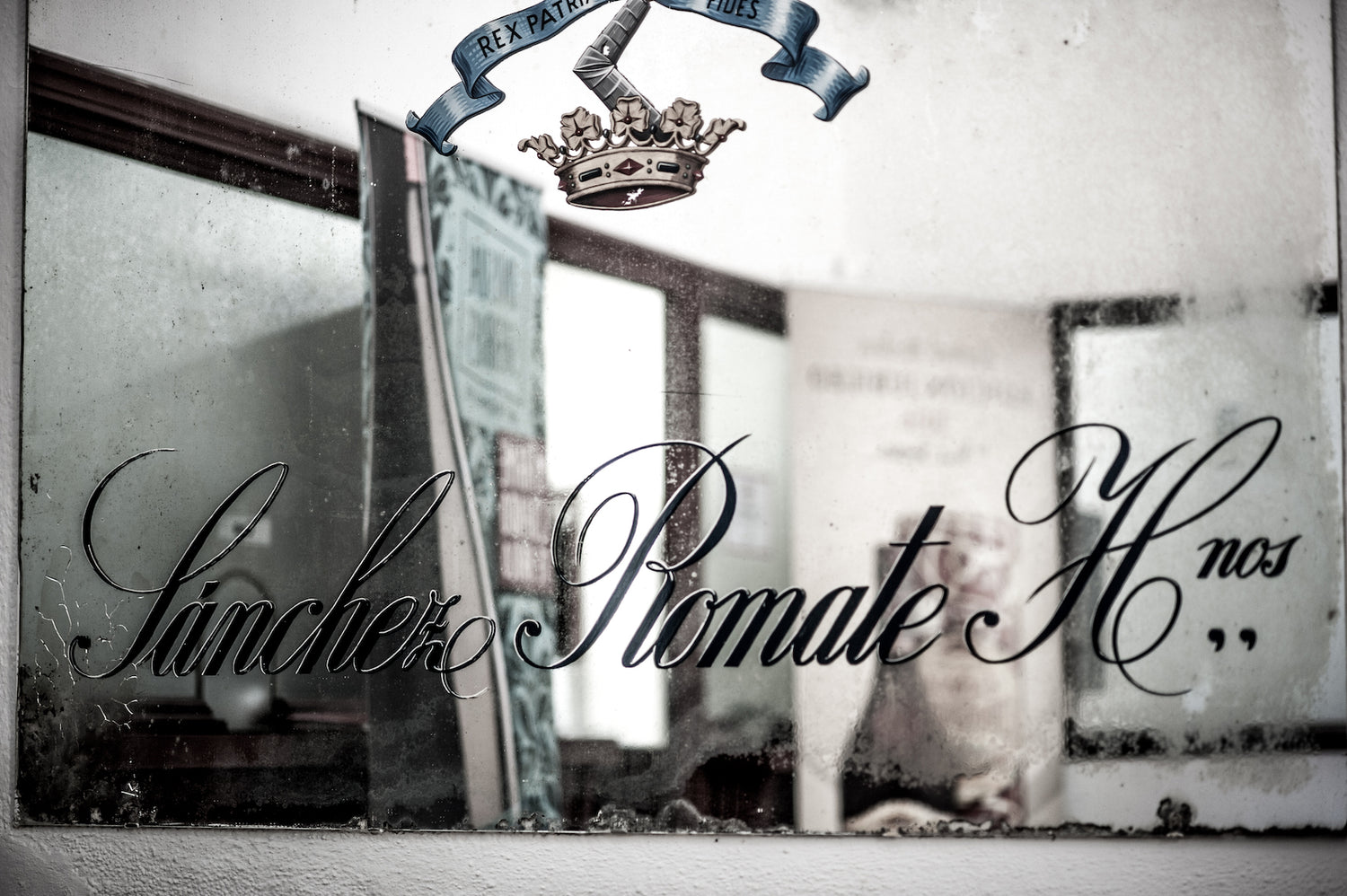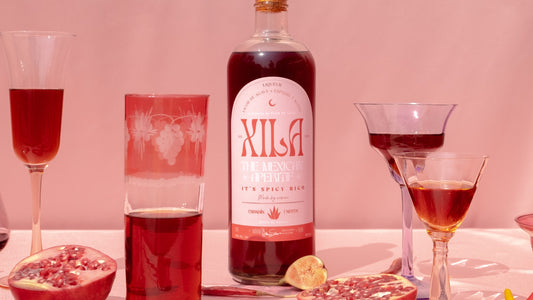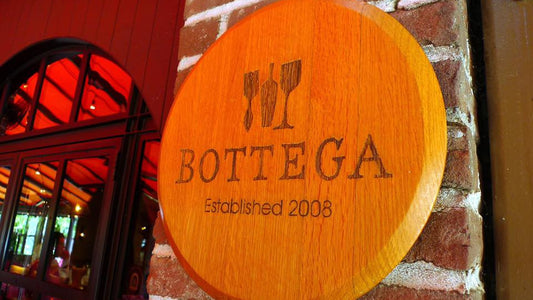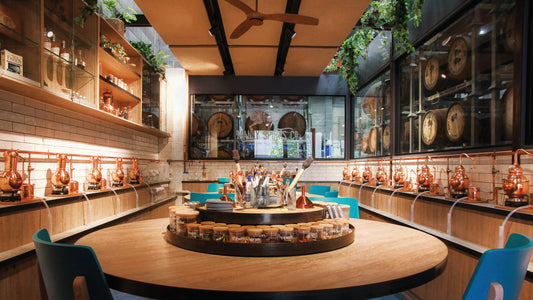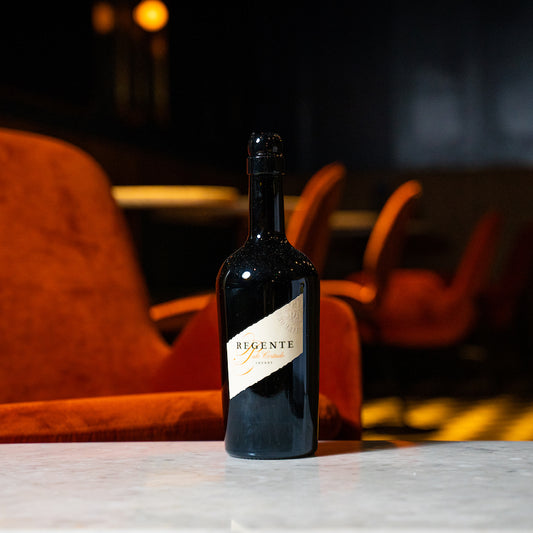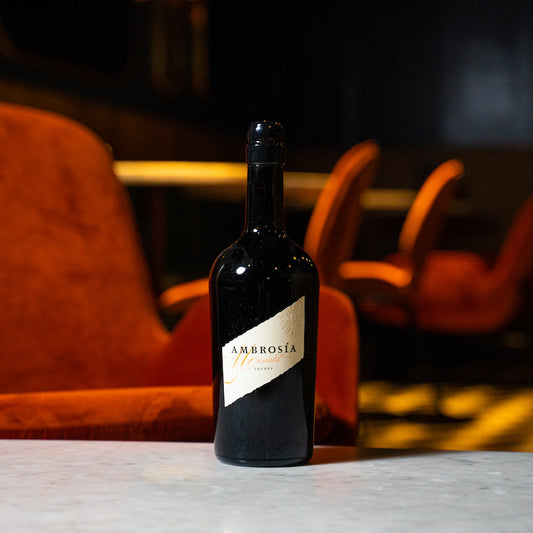Over 3000 years ago, the Phoenicians who disembarked in the Bay of Cádiz brought the first vines with them. These vines adapted perfectly to the fertile limestone soil that is as white as the sunshine which drenches the area. Later civilizations – Romans, Visigoths and Arabs – extended the vineyards under a dry, sunny climate that received the refreshing caress of the sea breeze.
In Sherish – the ancient Muslim name for Jerez – they experimented with the first distillations to make perfumes. Later, these processes were consolidated in Christian Xerex in the 14th and 15th centuries. It was then that the wines of Jerez began to gain international acclaim, as they began to earn fame across Europe. Over time, merchants and wine producers who were attracted by Jerez’s potential flocked to the city from all over, founding wineries that are still trading today. Sánchez Romate is one of the most emblematic of them.
At the end of the 18th century, the busy streets of Jerez de la Frontera were proof of the bustling activity in the city, which was thriving thanks to the exports of its renowned wines.
The wine sector’s boom attracted merchants from near and afar. However, it was a Spaniard, Juan Sánchez de la Torre, who established the foundations of the firm Sánchez Romate Hermanos, one of the few remaining wineries in the Jerez Designation of Origin which is still in the hands of local owners.
In addition to achieving market recognition for the quality of his wines, Juan Sánchez de la Torre soon earned the appreciation of his fellow Jerez inhabitants. This wine producer was restless, educated and a man of his time – the Age of Enlightenment – who lent firm support to progress in education and the arts in Jerez.
Over time, the winery grew and adapted to the successive technical advances that were taking place while maintaining their respect for traditional methods. Over a century after its founding, the firm reached a milestone when in 1887 the fourth generation of the Sánchez Romate decided to create an exclusive brandy for the family and their closest circle of friends. This was the beginning of Cardenal Mendoza Solera Gran Reserva, the firm’s flagship brand.
While maintaining their independence up to today, the winery has witnessed other important events during its history.
For example, in 1909 they were appointed as Official Purveyor to the House of Lords in the United Kingdom, and shortly afterwards, in 1917, they were appointed as Official Purveyors to the Sacred Apostolic Palace of the Vatican.
Today, the wines and brandies of Sánchez Romate maintain their international spirit, with a firm commitment to expansion across the rest of the world.


